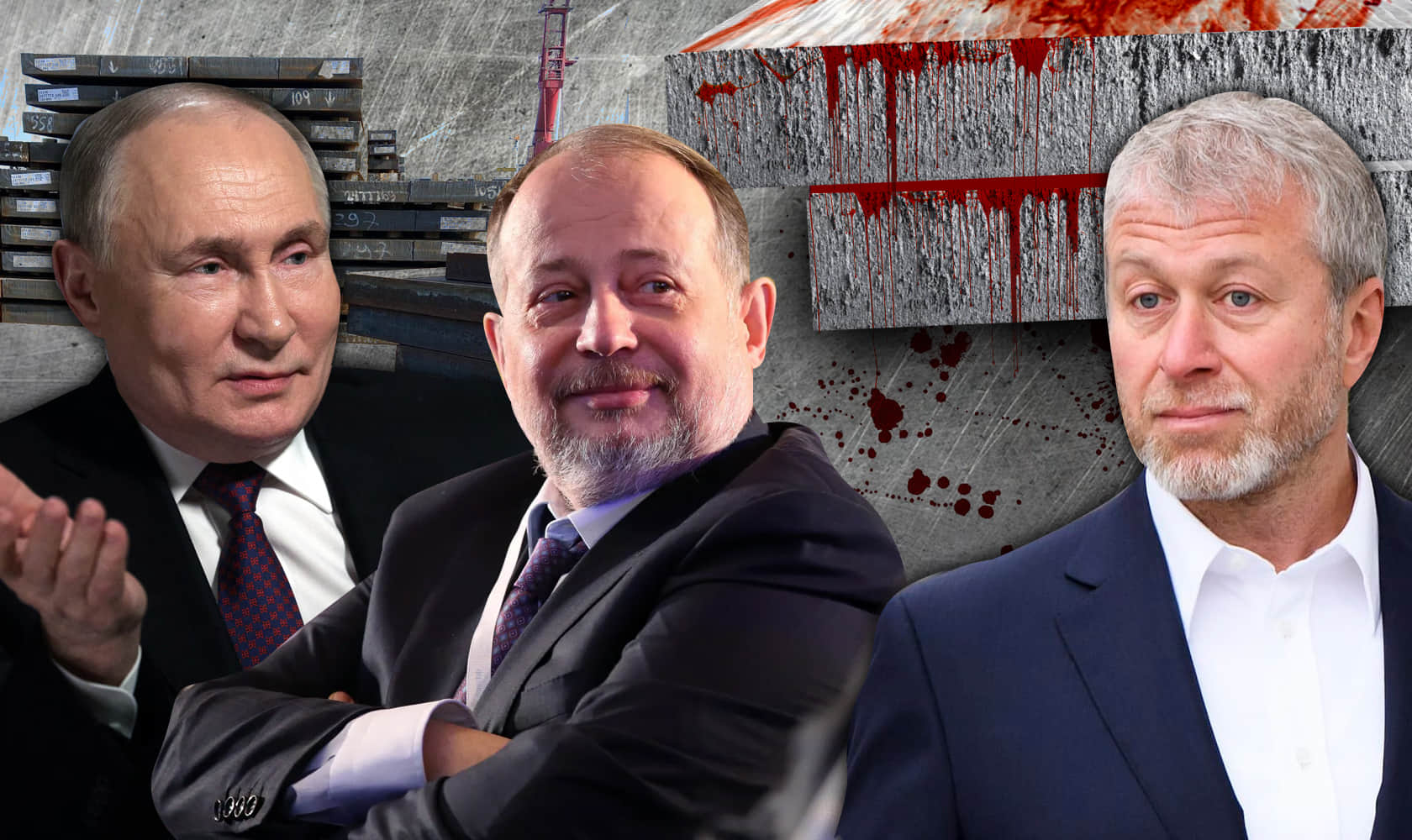The Kremlin in Brussels: Russian steel plants operating in the heart of the EU in the fourth year of the full-scale invasion

Since 24 February 2022, Ukrainian society has witnessed numerous examples of the West’s cynical game of playing both sides. For instance, it was only in late 2024 that partners who had resolutely condemned Russian aggression for three years suddenly noticed the existence of Russia’s shadow fleet – which, despite sanctions, has been transporting Russian oil across the globe for years. Not just in plain sight, but on radar screens as well.
Meanwhile, partners are continuing to turn a blind eye to liquefied Russian gas arriving weekly in the ports of EU and NATO countries. And many other goods that feed the Russian budget are still flowing into the West, the very world that Russia has declared war on.
Why does it matter?
Sanctions policy is called a policy of containment for a reason. The more sanctions there are, the fewer goods Russia can sell to the civilised world. The less Russia sells, the lower its income. And the lower its income, the less the Kremlin can spend on aggression.
But the figures from the past three years show that Russia is not only able to keep financing its war against Ukraine, but is also increasing its military budget by tens of billions each year.
Why is this especially important now?
Following the change in US leadership – and a corresponding shift in US international security policy – the leaders of Europe’s major powers, along with EU and NATO officials, are now speaking almost weekly about the reality of the military threat posed by Russia.
They keep talking – and yet continue to finance Russia with tens of billions of euros. But the case discussed in our new investigation is truly unprecedented.
Europe is purchasing metal from a Russian plant that also supplies metal to 22 facilities belonging to the Russian defence industrial base. Some of its shipments go to Denmark, Belgium and Italy, while others are used to produce missiles, drones, tanks and even nuclear weapons. The owner even has plants in Europe that continue to operate successfully today.
The mining and metals industry is Russia’s third-largest source of income after oil and gas. According to Eurostat, Russia has sold nearly €10bn worth of metallurgical products to EU countries during the three years of the full-scale invasion.
Full details via the link.
Author: Mykhailo Tkach